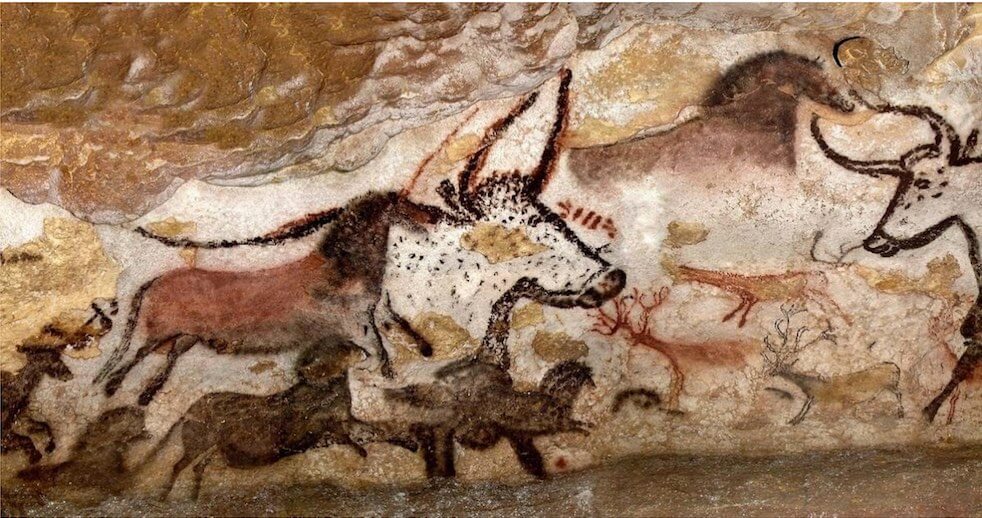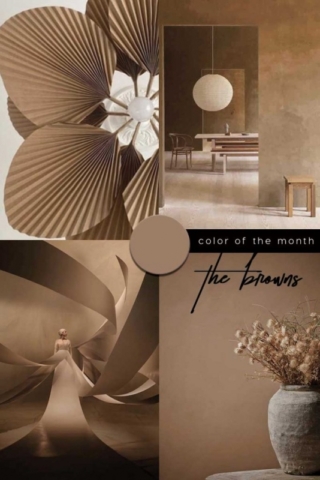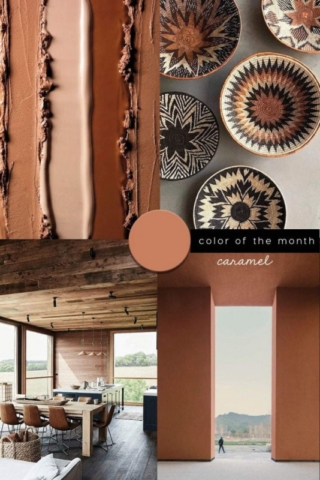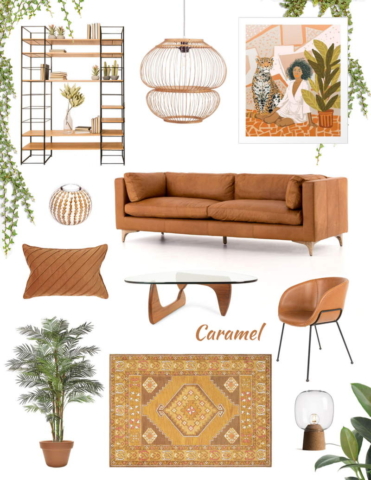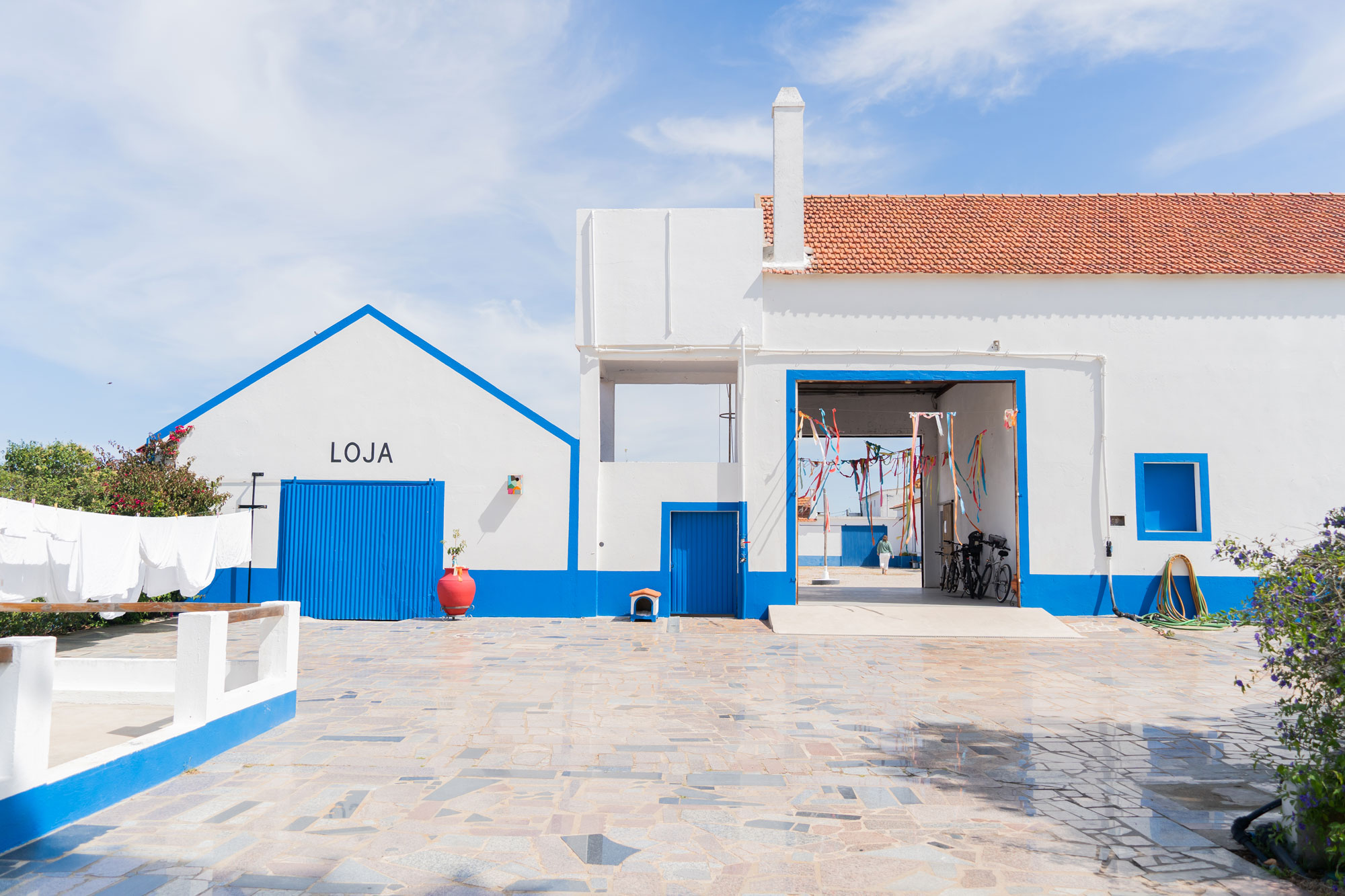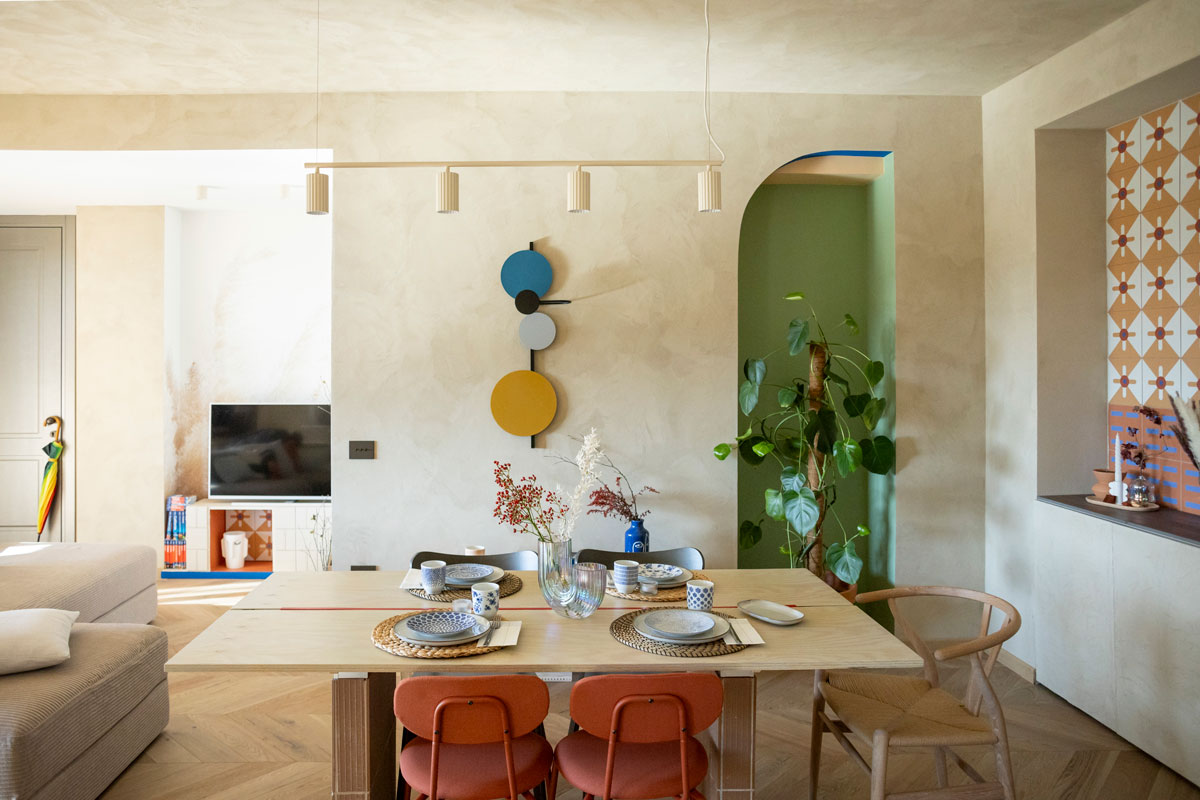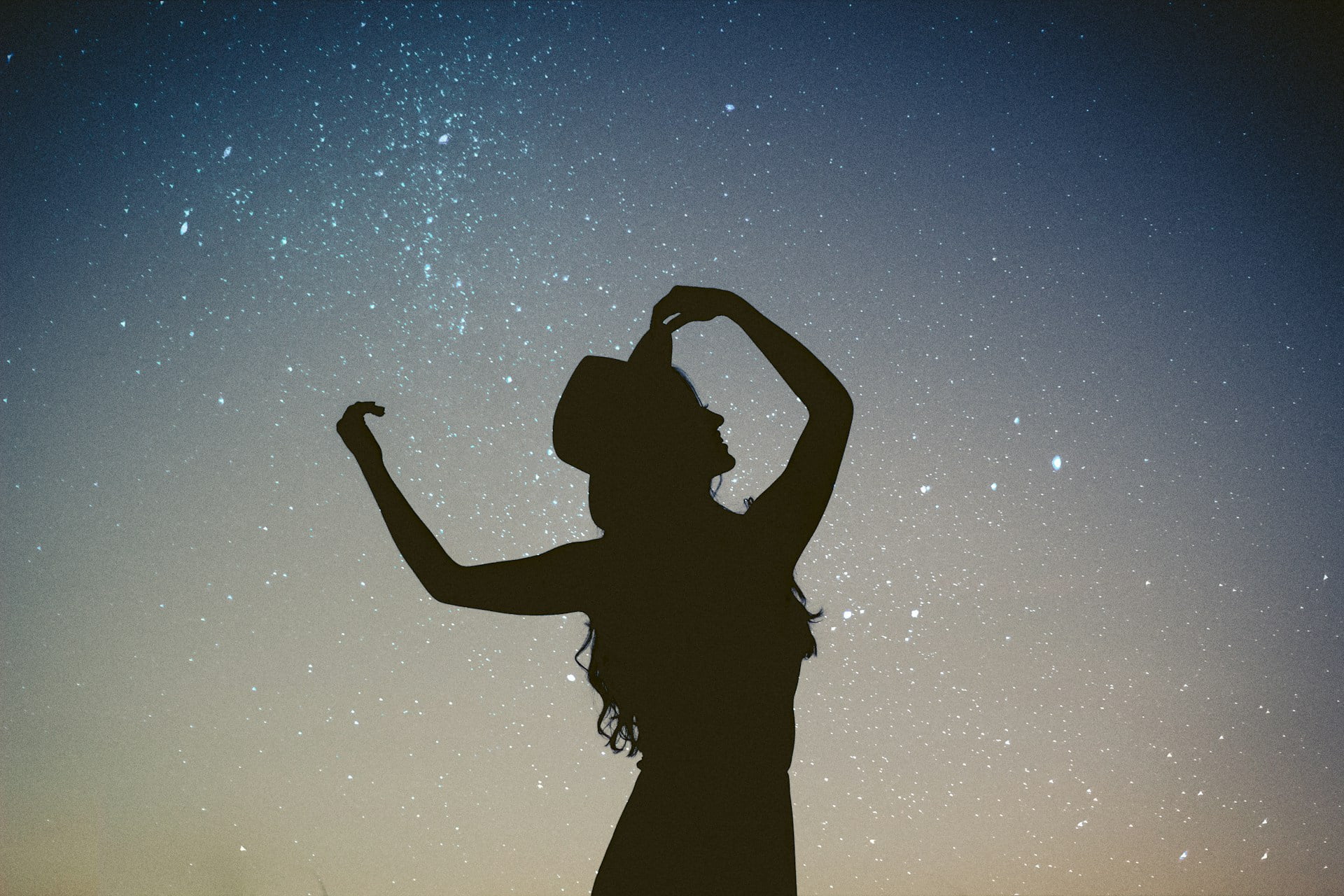What’s the meaning of color brown? What emotions are associated with the color brown?
Although is definitely not a favorite color for most of people, actually brown in color psychology has many good associations, In fact, the warmth of brown is associated with reliability, healing and strength. Many find comfort in the plainness of brown because the colour is considered all-natural and earthy.
Brown conveys feelings of warmth, comfort and security – it is often described as natural and down-to-earth.
Brown is often seen as solid, much like earth, it is grounding and associated with resilience, dependability, security and safety.
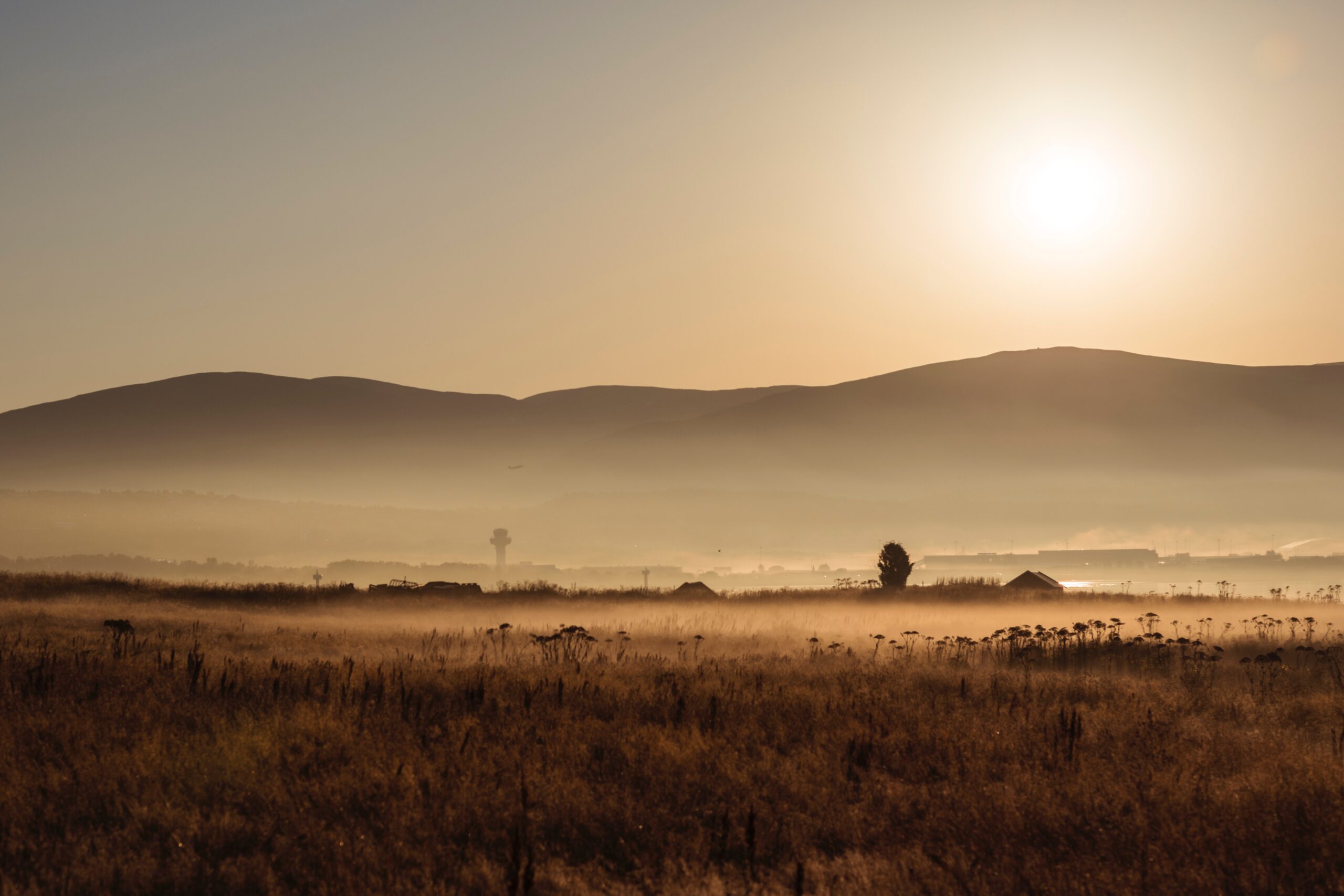
/
Other meanings of color brown
Brown is also a relaxing colour. It has been linked to an increase in tryptophan (related to sleep and our immune systems) and serotonin ‘linked to mood.’ Brown typically gives us warm, settled feelings, reminding us of connections to earth, home and family. Representing earth and nature – there’s no escaping the rich, warm tones of earthy brown. It’s a grounded colour – we associate brown with fallen leaves and the hue of trees.
We connect brown to coffee, those cosy ‘choco-mocha’ tones that can provide comfort during autumn and winter; to the warm spices like cinnamon and nutmeg. We have also seen colours transcend the seasons – Chocolate Brown appears in the Pantone Spring/ Summer palette collection.
|| Know more about other colors: The meaning of color green in psychology

/
The color brown in other culture
Almost everywhere brown is synonymous with earthy, warmth, comfort and stability, except from India – where if represents mourning.
In feng shui interior design, a system of harmonizing your environment, each colour correlates to a specific feng shui element. Here, brown is one of the key colors: it represents either wood, if it’s dark and rich, earth if it’s light.

/
Be inspired by the color brown on #italianbark:
/
Chocolate Brown
History & Facts
While a survey found that most people dislike brown, it is a colour found both in nature and in our everyday surroundings. From human eyes to tree bark; brown, in all of its various shades, predominates the landscape around us. Brown is the colour of dark wood or rich soil. Hair and eyes in a rich shade of brown are often described favourably as “chocolate” – as a colour name, chocolate has been used to describe a number of brown-hued natural wonders including the Chocolate Hills in the Philippines and Chocolate mountains in California.
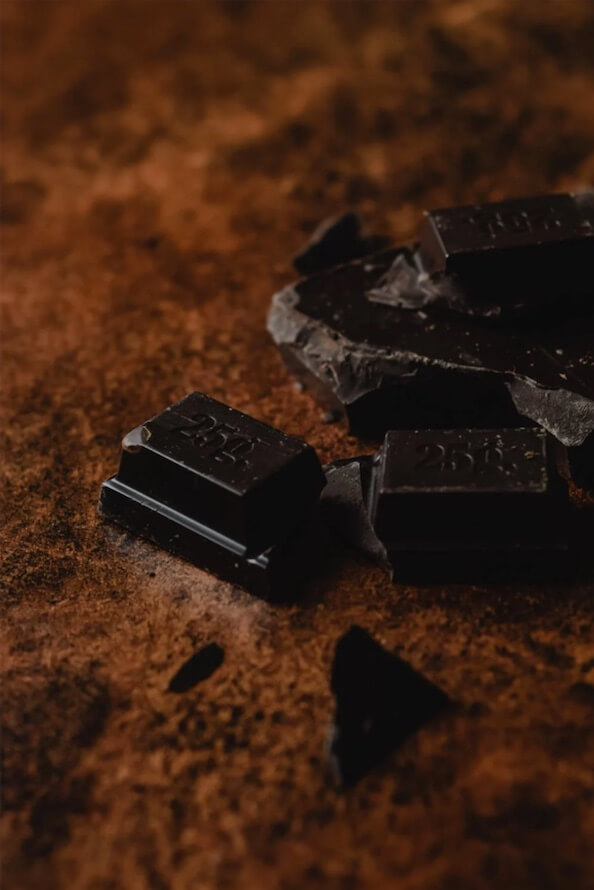
Brown is inherently a warm colour because its base is orange. Chocolate is a dark shade of brown and is considered to be a richer, more vibrant shade than many other browns. Close to Chocolate Brown are nutty browns like Chestnut and Walnut Brown. Naturally, the colour chocolate is most often associated with the food of the same name. The true colour of chocolate is an accurate representation of milk chocolate with dark chocolate being a much deeper brown. The colour of unprocessed cocoa beans used to make chocolate is actually a deep shade of red. However, the method used to make cocoa into chocolate as we know it turns the product a rich brown.

“Chocolate” was first used as a colour name in English in 1734, though the word has existed to describe the cocoa product since around 1600. The term “brown” is from Old English brún, in origin for any dusky or dark shade of colour and the first recorded use of brown as a colour name in English was in 1000. Words for the colour brown around the world often come from foods or beverages – in the eastern Mediterranean, the word for brown often comes from the colour of coffee and in Southeast Asia, the colour name often comes from chocolate.
Brown is one of the most widely used colours in art. Browns like Chocolate Brown have been used in art since prehistoric times, when it was used in cave paintings dating back to 40,000 BC. Over history, brown has often signified poverty – in ancient Rome, brown clothing was associated with the lower classes while in the Middle Ages, brown robes were worn by some Catholic monks as a symbol of their humility.
Be inspired by the Chocolate Brown Color Trend here and this month on #italianbark.
